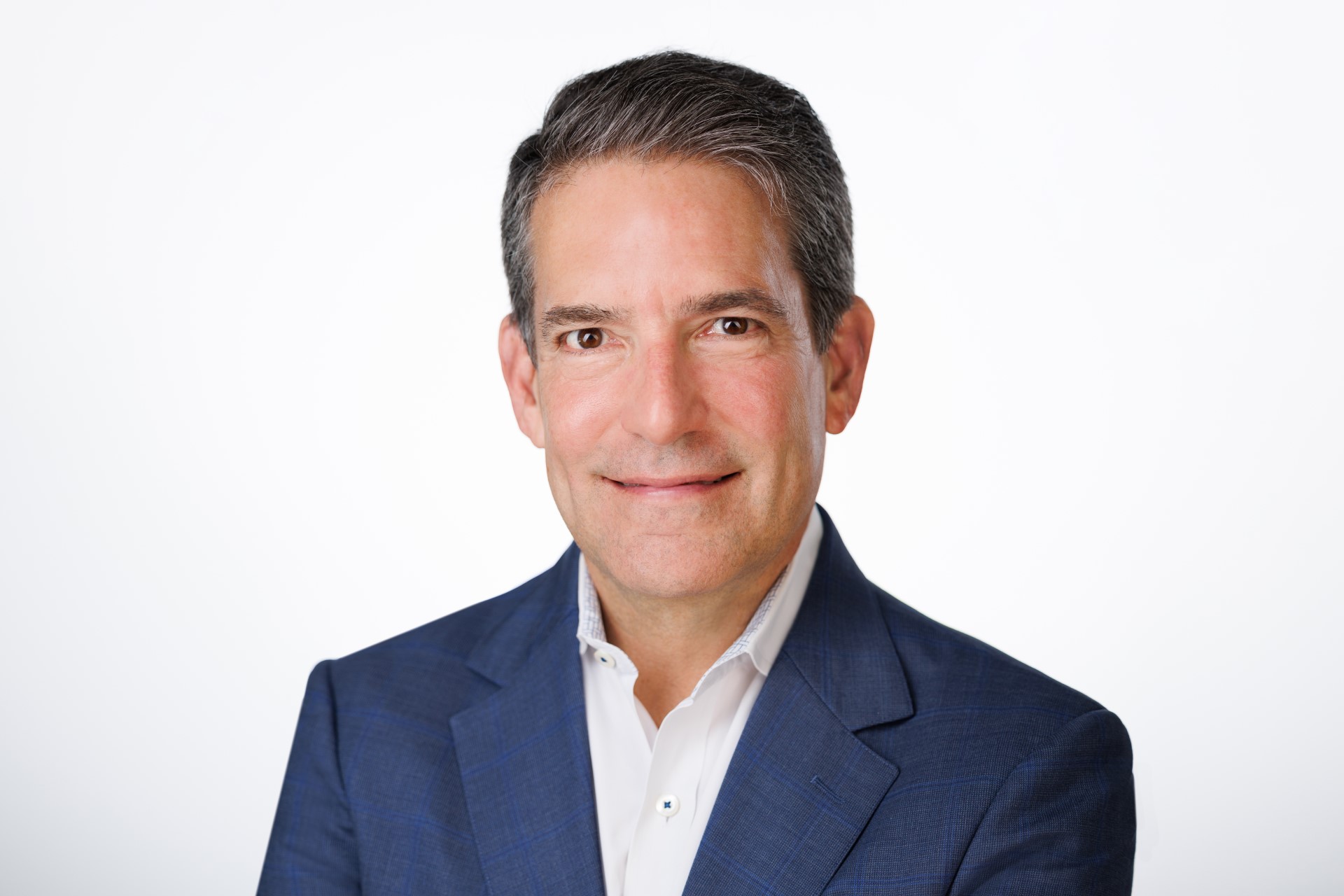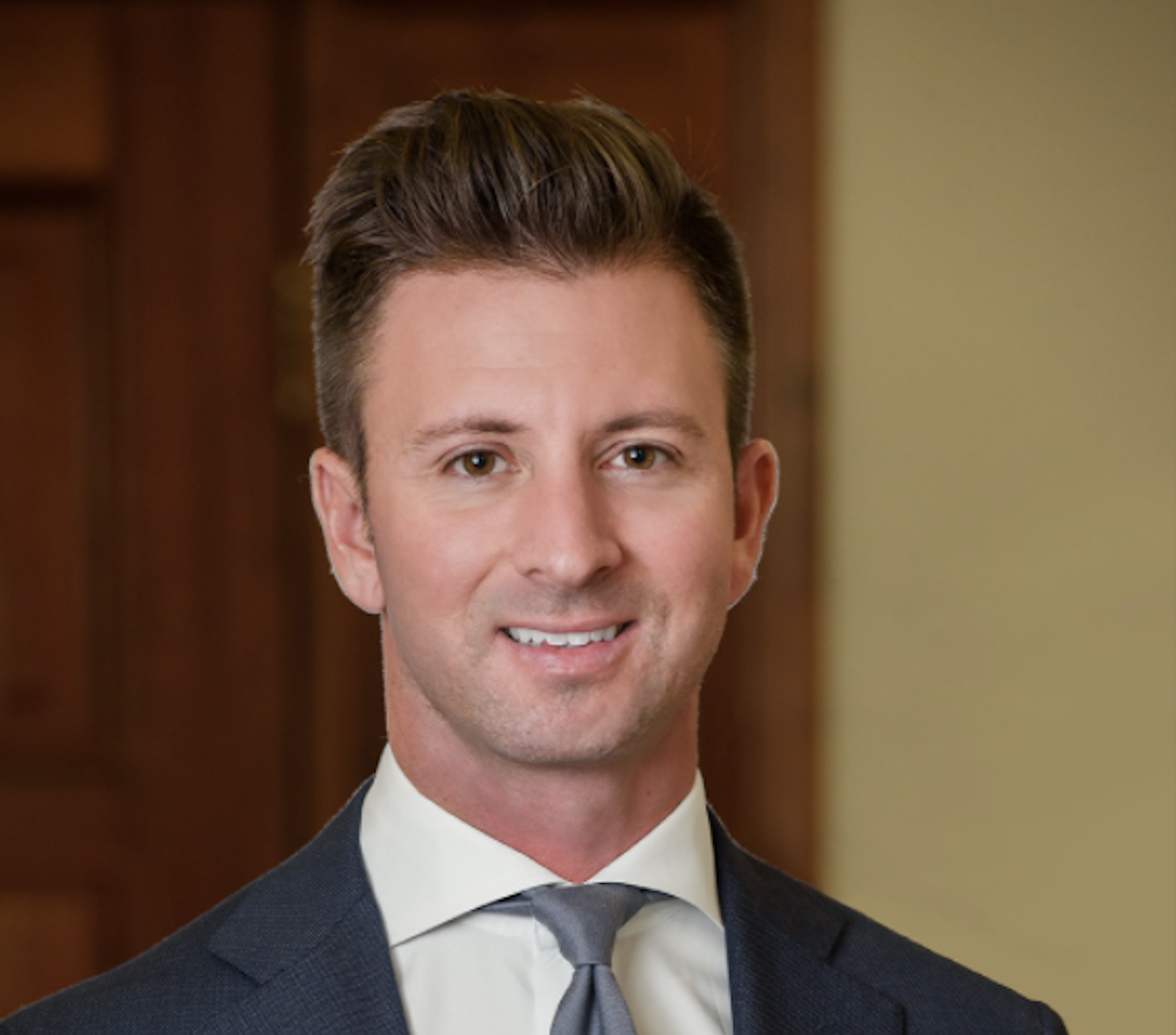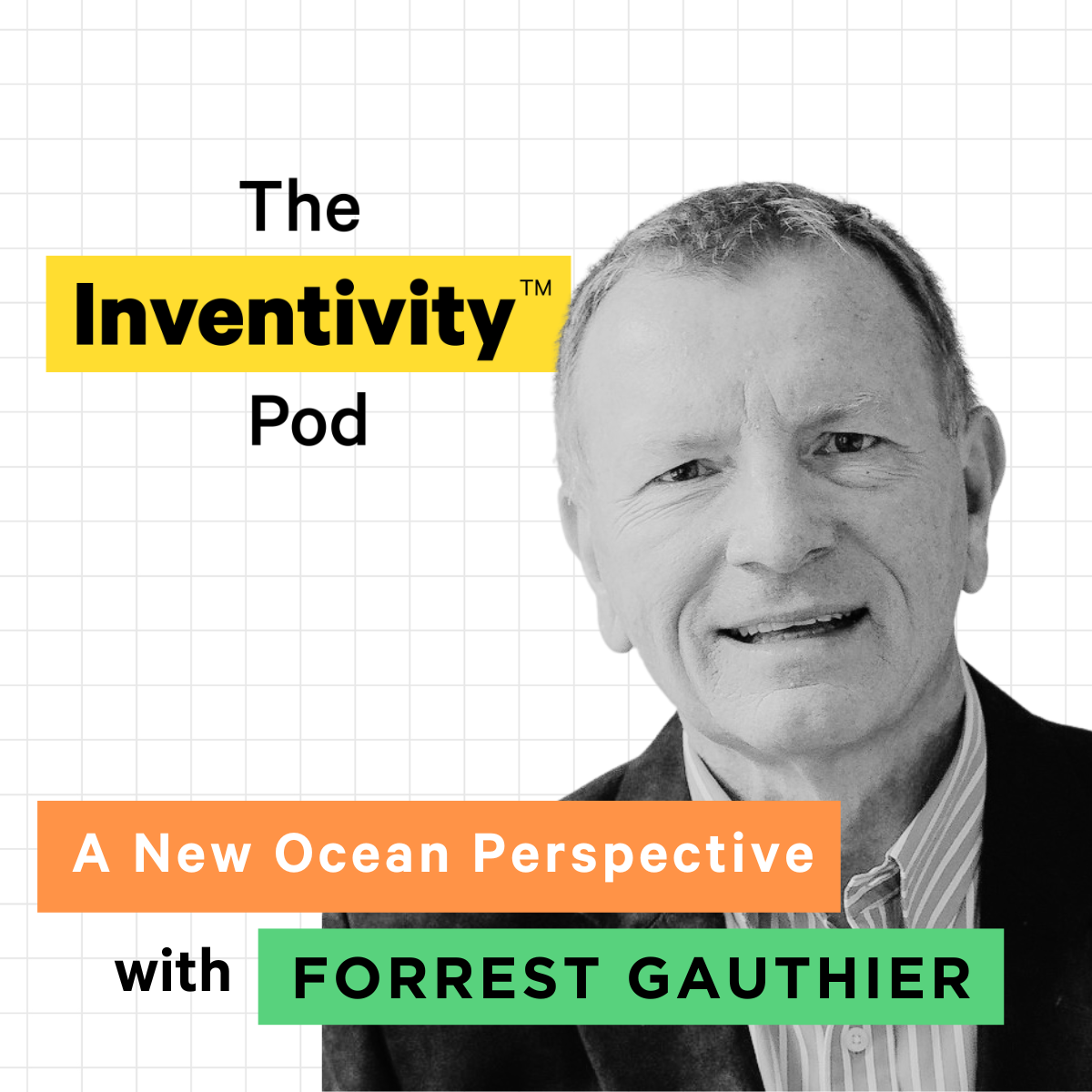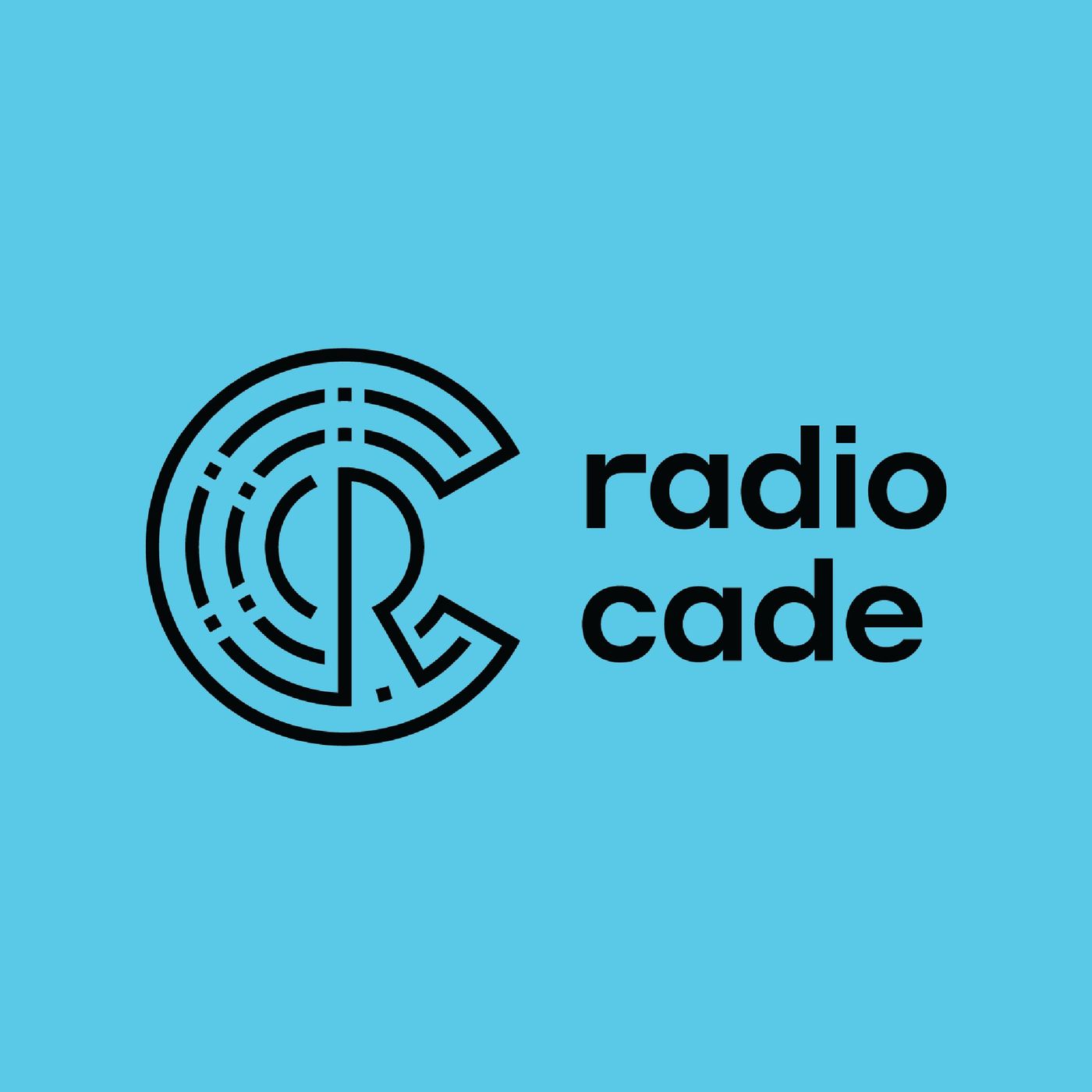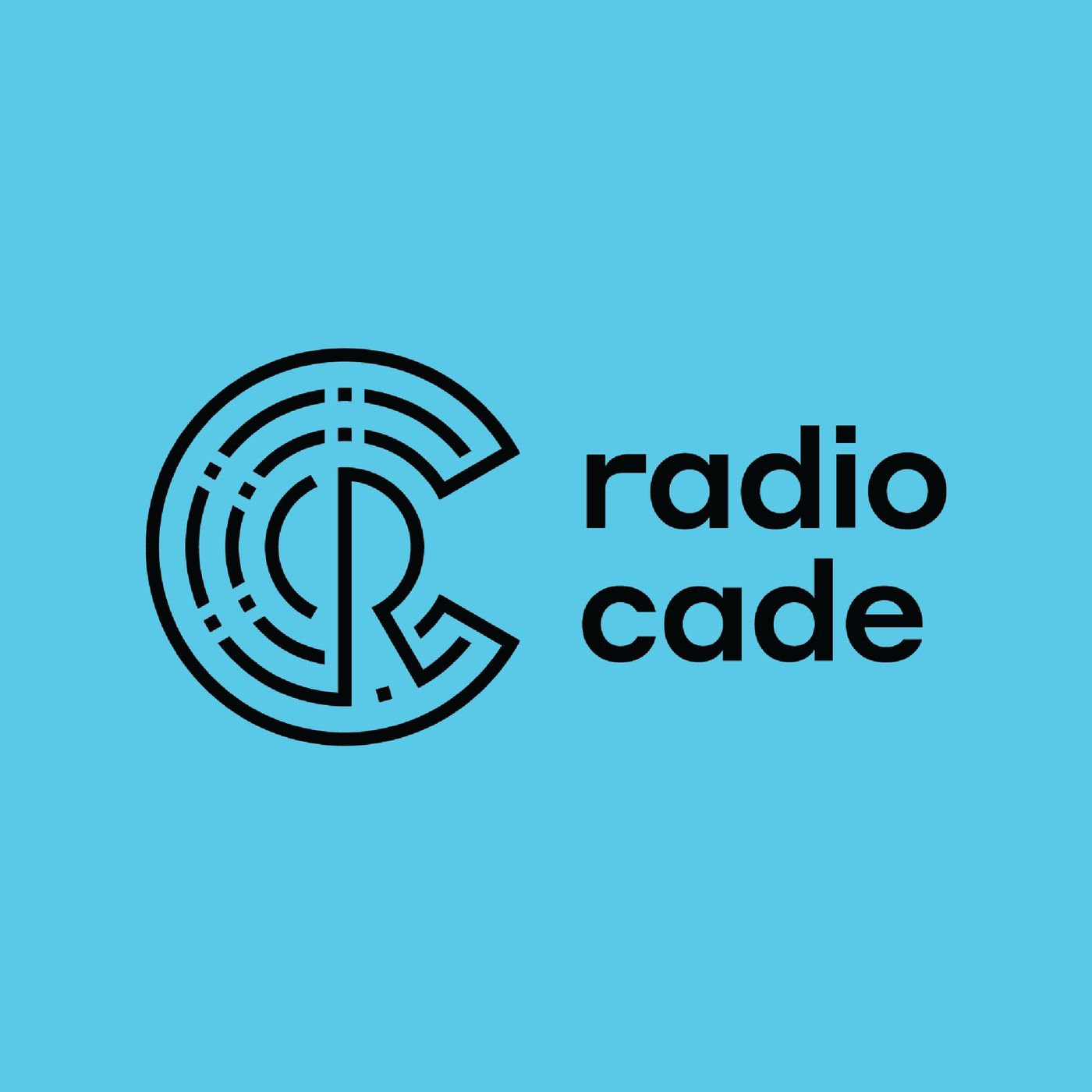Show Notes
One of four girls, Cara Negri’s favorite book growing up was about an amputee named Michelle who went on to do everything. Cara has helped develop video motion analysis to analyze how people move and how to help them walk. Her company, PnO Data Solutions has developed tools that are widely used in the rehab and physical therapy market. *This episode was originally released on October 24, 2018.*
TRANSCRIPT:
Intro: 0:01
Inventors and their inventions. Welcome to Radio Cade, the podcast from the Cade Museum for Creativity and Invention in Gainesville, Florida. The museum is named after James Robert Cade, who invented Gatorade in 1965. My name is Richard Miles. We'll introduce you to inventors and the things that motivate them. We'll learn about their personal stories, how their inventions work, and how their ideas get from the laboratory to the marketplace. Video motion analysis of disabilities or anyone in motion. That's what we're going to talk about this morning on Radio Cade. I have with me Cara Negri, who is involved in a company that is taking this to market or is already in the market. So welcome Cara.
Cara Negri: 0:52
Thank you.
Richard Miles: 0:52
So before we begin talking about you and about the company, why don't you tell me exactly what the underlying technology is and what it does. We'll come back and talk later about the applications and so on.
Cara Negri: 1:06
Sure. Basically video is becoming the ultimate medium for us to communicate with people. It tells a story much broader than a image or a paragraph. And so with 2D motion analysis or video analysis, we can take our smartphone and take a video of someone moving and then we can actually measure some of the progress that a person is making. So let's say you hurt your shoulder and you're not able to lift it 100 percent up, we can take a video of you now doing the best that you can and we can measure that angle and then we can go through some rehab, maybe provide some intervention with a brace, and afterwards we can measure that intervention in the same way that we did by measuring that angle again and measure how well you're doing. And that also gives you the person that is going through this process, the feedback to see how you're doing in your progress of rehabilitation versus me just shouting feedback to you or you're not doing good enough or that you need to lift higher. When you can actually see it, it actually connects to your brain a lot faster and you can actually improve your function through that bio feedback. Little to no response by me, I don't have to intervene as much
Richard Miles: 2:20
I see. And so Cara, just so I understand, is the technology here, do you use, for instance multiple cameras or is it a software solution which you're taking video in theory from anywhere, like a smartphone and you'd simply analyzing it with that software?
Cara Negri: 2:34
Yes. So you can take video in any way you want. So if you want to use a really high fancy camera, high definition camera, then you can or you can use your smartphone because smartphone cameras are actually pretty good these days. So it's about the practicality of it.
Richard Miles: 2:51
I see.
Cara Negri: 2:52
Um, we all may have seen how Avatar is made with lots of pinpoints on the person and we're tracking their motion and we can do lots of animation with it. And that is the 3D motion analysis that some people may have seen. And that's great for research and for higher capture of what we need to find out about a person. But for the practical uses of physical therapy or prosthetics and orthotics, we don't need that much information. We need one dimensional or two dimensional information for us to observe, so the reason that video is that ultimate solution is because our eyes are not very reliable. We make mistakes, we see things that aren't really there. So using video to even just play something back and see that event again, as you see that we do with the World Cup going on, other sports, video playback is becoming a part of even professional athletics. So if we can just record a video and use that for playback, that's the first step to seeing things that you may have missed in the real life event.
Richard Miles: 3:59
So the name of the company is PnO? Correct. And that stands for
Cara Negri: 4:03
Prosthetics and Orthotics.
Richard Miles: 4:05
It's associated or owned by a New Zealand firm, is that correct?
Cara Negri: 4:09
The New Zealand firm is called the Tarn group and they create software solutions for a lot of motion analysis as well as learning management systems. So we all started as a group providing software solutions for athletic coaches. So thinking of golf or bike fittings, tennis, professional swimming, rugby, different athletic associations were using the software to provide feedback to their athletes. So that they could perform better.
Richard Miles: 4:40
I see.
Cara Negri: 4:40
So when I started using their products, I saw the opportunity for me to use it as an educational solution as well. So when I was trying to teach other practitioners what I was seeing in a video why I was making a clinical decision. I started to use video as that medium so I could slow things down and say that right there. That's that moment of why I'm making this clinical decision here. And so I was using mostly their bike fitting software to do so. And it's actually very similar bike fitting, if you think about it, the biomechanics, if you have a pedal that's not correctly placed than it, it's going to affect the performance. So if we can do the same for healthcare, we look at how something might be affecting someone's performance and we can make adjustments biomechanically with interventions or therapy.
Richard Miles: 5:32
Let's talk about how you ended up doing this.Tell us what you were like, say as a kid, what sort of influences did you have and then maybe a little bit about your education.
Cara Negri: 5:42
Sure. I grew up with a family of four girls total. So my dad didn't really treat us like girls. It was just we are who we are. And...
Richard Miles: 5:54
You're the oldest Cara?
Cara Negri: 5:55
No, I'm actually one of the youngest. I'm a twin and I'm one of the youngest and um, we were also athletes, so our family was very known in the area for being basketball players.
Richard Miles: 6:04
Basketball, okay.
Cara Negri: 6:05
So funny enough, I'm the one that did not play college basketball. I pursued engineering, so I don't know exactly what it was. I used to tinker with things I used to play with things, take things apart. Used to compete in Odyssey of the mind competitions and things like that. But the real big moment for me was I read a book when I was in fourth grade about a girl with an amputation and I read it so many times that the librarian gave it to me at the end of the year.
Richard Miles: 6:31
What was the name of the book, do you recall?
Cara Negri: 6:32
Michelle.
Richard Miles: 6:33
Michelle.
Cara Negri: 6:33
And I still have it.
Richard Miles: 6:35
You still have it. All right. And what was... thats sort of unusual, um, what was the storyline? Was it a true story?
Cara Negri: 6:40
Yeah.
Richard Miles: 6:42
Oh it was a true Story. Okay, got it.
Cara Negri: 6:42
Yeah, and she was just this young girl who lost her leg from cancer and pursued skiing, horseback riding, all things that people told her she couldn't do and I, I guess I found it incredibly motivational and inspiring and so I just read it and read it and read it.
Richard Miles: 7:00
And the librarian gave you the book.
Cara Negri: 7:01
Yeah, she gave it to me at the end of the year and said "No one else has checked this out and you've checked it out four times this year so you can have it." And so, um, I kept it, but I didn't know I wanted to be in biomechanical engineering or anything like that at that point. But I think it definitely planted a seed in my mind.
Richard Miles: 7:20
And where did you go to school?
Cara Negri: 7:22
I went to Michigan Tech for a few years. It's an engineering school, but then I transferred to Kettering University...
Richard Miles: 7:29
Okay.
Cara Negri: 7:29
Which is a cooperative program, which is amazing if anyone's looking into going into engineering programs specifically because it's cooperative. You do three months of school, then three months of work and you do that for four and a half years about.
Richard Miles: 7:42
Where is Kettering?
Cara Negri: 7:43
It's in Flint, Michigan.
Richard Miles: 7:45
Flint, okay. So when you started your undergraduate, you knew you wanted to be an engineer of some sort, you already knew you wanted to be in biomedical. Okay. And so post college, did you go straight into the industry or what did you do?
Cara Negri: 7:58
So my co op program was in biomedical engineering working for a prosthetics company and we did research on casting devices and ways that we could take better impressions of a person's residual limb and so had a lot of hands on experience in the profession by that time and so I actually was accepted to a prosthetic certificate program two weeks after I graduated. So I went to Chicago to northwestern for that and then I was in patient care in prosthetics and orthotics for about two years. Maybe not even because I had the research bug or I had the inquisitive bug of some kind. Not that patient care isn't inquisitive and it is very complicated. It's very challenging because every patient is different, but for me I wanted to design. I wanted to invent I guess.
Richard Miles: 8:49
Were either of your parents engineers or in the medical field at all?
Cara Negri: 8:52
Um, my dad is a medical technologist.
Richard Miles: 8:54
Okay. And do you remember going to his place at work or was it, did it have any role in wanting to steer in that direction?
Cara Negri: 9:02
Yeah, I think that the measurement core, the core of being able to measure something is at the heart of that influence I guess because a measurement to me is very comforting. It's something that you can rely on. If you can measure it, then you have something that's objective versus...
Richard Miles: 9:20
So you've always been kind of a numbers person.
Cara Negri: 9:22
Yeah.
Richard Miles: 9:23
And what did your sisters ended up doing? Are they all in the NBA now or...
Cara Negri: 9:27
No, they're also in healthcare. So two nurses and my other sister works for an insurance company. Healthcare insurance. Yep.
Richard Miles: 9:35
Let's talk about PnO. You've said that one of the things that has surprised you has been kind of an objection by the market or reluctance by the market. And is that because you think people don't really understand the applications the potential applications or what is behind that?
Cara Negri: 9:54
There are a large majority of professionals that are a little bit older and that is not to say that people that are older do not embrace technology. It just sometimes does go hand in hand. But I actually see all spectrums of people who are older that embrace technology and people that are younger that don't embrace technology. The biggest hurdle for me and in PnO data is that it's not a part of their regular day workflow. So taking out the camera as much as it seems like it might be a very small thing is not always second nature to people. So it's asking them to...
Richard Miles: 10:33
So like an afterthought, okay.
Cara Negri: 10:33
Yeah. And then also unfortunately they don't have a billing code for the service. So when they do it, it's because it's for the greater good of the patient or to properly communicate to the physician or the physical therapist or the insurance company. So there is a great part about PnO data that helps people collaborate. And that is the bigger picture that I hope to spread through the technologies that we have people let's say in New Zealand who have a rare case of fibular Hem Amelia and cannot get a professional in their area because it's just so rare. Whereas if you use our video analysis platform, you can actually connect to people from Canada, from Australia, from the US, and get them to look at your videos and provide expert analysis on it as well.
Richard Miles: 11:24
Are there any cases in which the video analysis actually brings you a new insight into the patient's condition as opposed to simply being confirmation or an adjustment that they able to look at the video and go, oh, x or y is going on and I had no ideas. Do you have examples like that?
Cara Negri: 11:40
So when I first started using video, I started using apps that helped me take video and I could then show a patient, here's how you're doing. But when I started using the group product silicon coach, I actually had that moment of going through a process of looking at someone's gait and how they were walking. And not only did I find things that I could then show the patient that they had improved on, I found mistakes that I had made. And so that was the biggest light bulb moment for me was I'm a better clinician because I use this video, I found the mistakes that I made in my patient care versus just verifying that I had done the right thing. I actually was able to improve.
Richard Miles: 12:20
To correct your own mistakes.
Cara Negri: 12:22
Yeah.
Richard Miles: 12:22
Right. So it seems in principal that it would be relatively easy to make the compelling point with the utility of this, but if I understand correctly, a lot of healthcare professionals, since they can't necessarily recoup the cost right away because there's no billing code. Right. And it's something yet another thing they've got to do that they just are not interested.
Cara Negri: 12:41
Yeah. They really have to weigh the value of the time spent on it. Even if it is only 10 minutes and they're not getting paid for it, that extra 10 minutes could be spent with another patient. And unfortunately healthcare is getting squeezed and squeezed because of things that... and they're having to weigh those options.
Richard Miles: 12:58
Is there a future at all in telemedicine and could conceivably you have a few years from now, patients at home with their spouse or parent or whatever, takes a video of them and they send it in and then you analyze it. Is that a model that's out there? Is this something that for the retail home market is still useful?
Cara Negri: 13:16
We've definitely done a little bit of that already, so we support mobility clinics where we'll take video of people trying to run for the first time or attempting to run for the first time in PnO data. It's a web based software, so you basically just invite people to your area, your community on the web based software, and so we invited all of the patients to take a look at their videos that we captured of them that day and so then they can feasibly take a video of themselves six months later and compare the two on their own if they wanted to and also just reflect back on, oh, look how far I've come.
Richard Miles: 13:53
Oh, I see.
Cara Negri: 13:53
Yeah.
Richard Miles: 13:54
I've seen some of these sports jams now. Sometimes they'll also have a rehab clinic as part of the gym. Are they potential customers or are they already buying your product?
Cara Negri: 14:02
Yeah, absolutely. And so they are potentials and there are people that are doing that right now as well.
Richard Miles: 14:08
You're still a small operation right? Here in the US.
Cara Negri: 14:11
Um, I actually am responsible globally for all of prosthetics and orthotics and then our entire team in New Zealand helps support PT or rehab facilities just really depends on their need or their want. And we do have a couple physical therapists on staff over in New Zealand as well. So we kind of match the clinic or the organization with whoever's going to be the best person to train them. And it also sometimes depends on time zones.
Richard Miles: 14:40
Right, right. Now you've chosen to locate here in Gainesville. Was there a specific reason because there's number research hospitals here or tell me the decision tree that led to Gainesville.
Cara Negri: 14:48
Well that was my husband.
Richard Miles: 14:51
Pretty simple.
Cara Negri: 14:52
I used to live on the beach in California and he somehow drew me away.
Richard Miles: 14:56
Wow, so you must really love his company. Well that's great. I know you've been at this a few years, so you're still sort of in the beginning stages of trying to get this technology now and if you saw somebody in a similar situation say yourself 10 years ago for instance, or and they were trying to get a technology out there, what words of advice would you have for them in terms of what they should definitely do and definitely not do.
Cara Negri: 15:22
So I did a lot of market research. My only mistake... Well, my big mistake I guess with the market research is that I contacted forward thinkers, people that I thought were at the forefront of best clinical care and of course they all thought it was a great idea.
Richard Miles: 15:41
A little bit too forward thinking. Right?
Cara Negri: 15:42
Right. So you number one should always do market research and make sure that your asking
Richard Miles: 15:48
Talking to actual customers or potential customers. Right?
Cara Negri: 15:51
Right. And not just about whether they think it's a good idea, how much are they willing to pay for it and make sure that you get a diverse group of individuals that are in your market place, not just the forward thinkers, because with a product life cycle, you'll always have those people in the beginning that will create the hype because they are interested in the best and new technology that's available. But you really want to see a steady influx of the main majority of people that are in your profession or industry. So definitely make sure that you gather market research on every single person that represents the industry. And I guess number two was to consider the workflow of the people and make sure that this is not going to be asking them to change their current methods too much. Because if it is and it's going to be a harder sale than if it's something that just helps them do their job better and they already have something in place or they already have time spent on that.
Richard Miles: 16:55
So you've had to spend probably a lot more time with health care professionals to see exactly what that workflow is and how to integrate this into that.
Cara Negri: 17:03
Being in the profession. I knew the workflow and and I do think that I took that into consideration, but I didn't take it into consideration that even 10 minutes could be a lot.
Richard Miles: 17:14
Too much, right. Good point. You made a good point earlier as well about the feedback that you get. I've seen this happen with other companies and then building the Cade Museum as well. You know, until you have paying customers, you get seduced by that positive feedback loop. Almost. No one will say, well that's a terrible crappy idea, but the minute you start putting a price tag on it, then well, you know, we're not quite sure. And that's I think the first cold dose of reality and how scalable your product is.
Cara Negri: 17:38
Yeah, I've spent a majority of what I do as far as educating the profession on how to use video analysis. So it's not just a turnkey solution like, here you go have it. I was really actually quite surprised at how much people didn't know what to do with it. They, they needed to be sort of handheld every single step of the way, and so we do have outcome measures built into our software, which is actually a great measurement to use. Instead of just saying here, watch the video, draw some angles and take some measurements on it. They actually have a systematic workflow of what they're supposed to be looking for. And so that's really, really helpful to help guide people. I do think that education, no matter what technology is, you've got to think about that from the very beginning of how you're going to get education to new users. Um, I started off doing webinars with every single person and it was very time consuming. So I created a youtube channel and I created all the videos that would show them how they need to do just about anything.
Richard Miles: 18:39
So you really had to think about sort of creative marketing tools, it seems like to get, again, that core idea, which seems to be a recurring theme that I've heard a lot. It's a lot of times it's not really the quality of the idea itself, it's actually educating and informing people that the idea exists and that it actually can help them.
Cara Negri: 18:55
Yeah, and one of my main marketing agendas is to present at meetings in a scientific manner, so I'm not promoting my software, but I'm promoting the use of video and so I actually speak at international conferences on the use of video, in patient care and trying to get people to wrap their heads around that idea first and not promoting my business necessarily.
Richard Miles: 19:21
Well what seems also with it now, the constant improvement in smartphone technology and smartphone cameras that you might be opening up potential avenues of people who wouldn't even have thought to use their phone for instance before to do analysis like that. Well, I'm certain that after this podcast episode is released, your server's gonna crash from all the new orders and what is your website by the way? Cara?
Cara Negri: 19:41
It is a pnodata.com. So it's P as in prosthetics, n as in Nancy, O as an orthotics. data.com
Richard Miles: 19:52
And on there they can see videos and other examples... good.
Cara Negri: 19:55
Yup, and you can check out our youtube channel as well as PnO Data Solutions.
Richard Miles: 20:00
Okay. Great. Cara, thank you very much for joining us this morning. I've certainly learned a lot and wish you all the best.
Cara Negri: 20:05
Thank you.
Outro: 20:10
Radio Cade would like to thank the following people for their help and support. Liz Gist of the Cade Museum for coordinating and inventor interviews. Bob McPeak of Heartwood Soundstage in downtown Gainesville, Florida for recording, editing and production of the podcasts and music theme. Tracy Collins for the composition and performance of the Radio Cade theme song featuring violinist Jacob Lawson. And special thanks to the Cade Museum for Creativity and Invention located in Gainesville, Florida.
